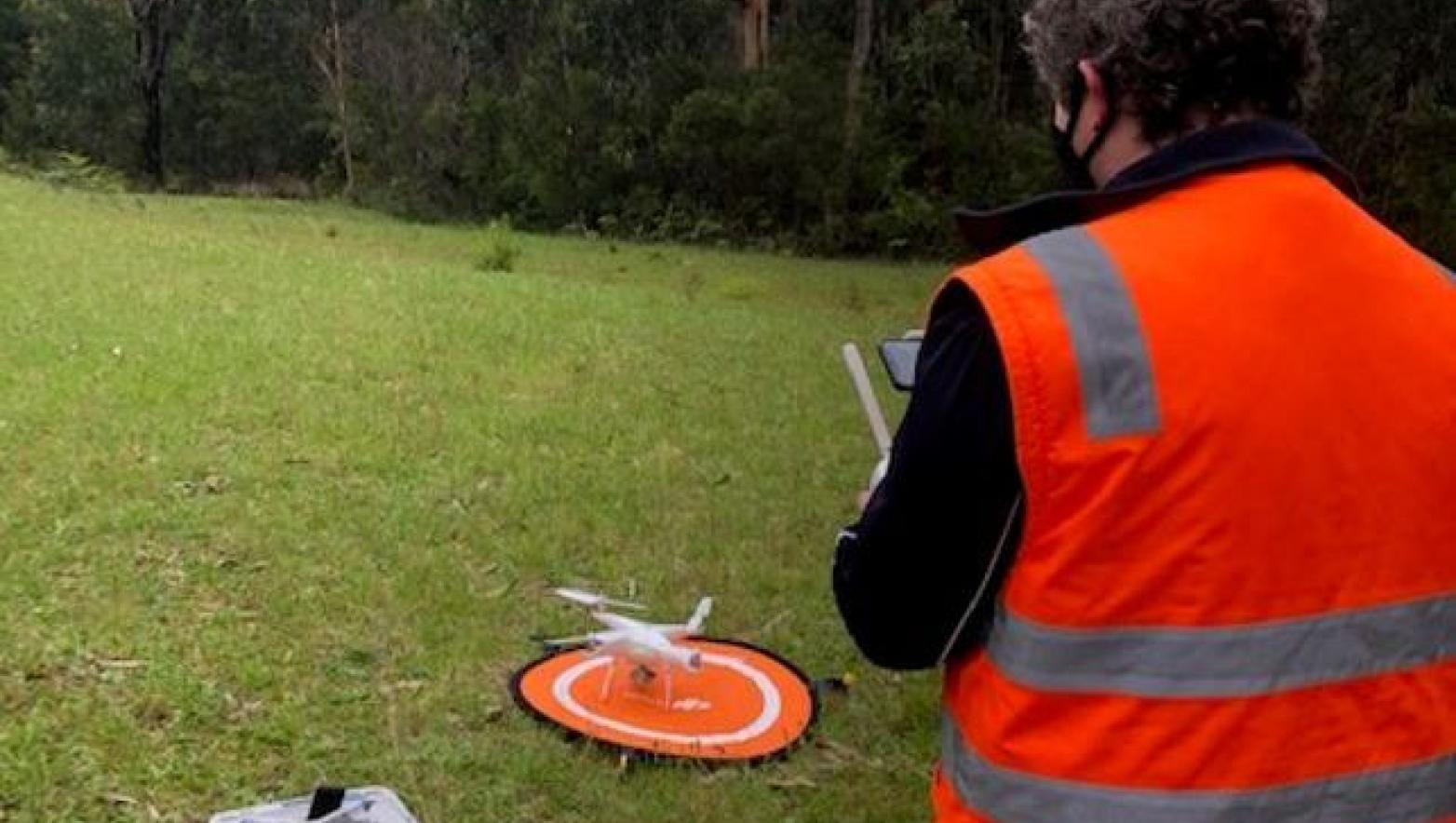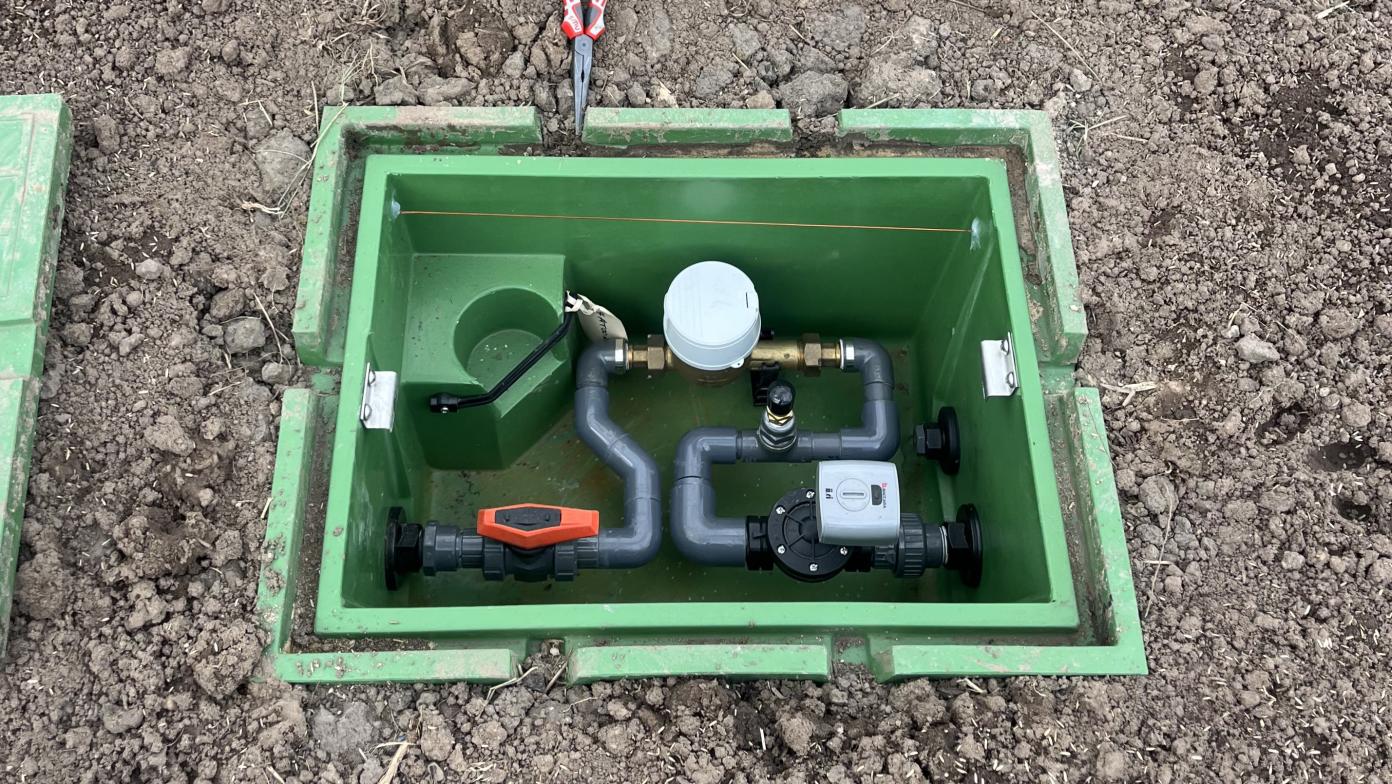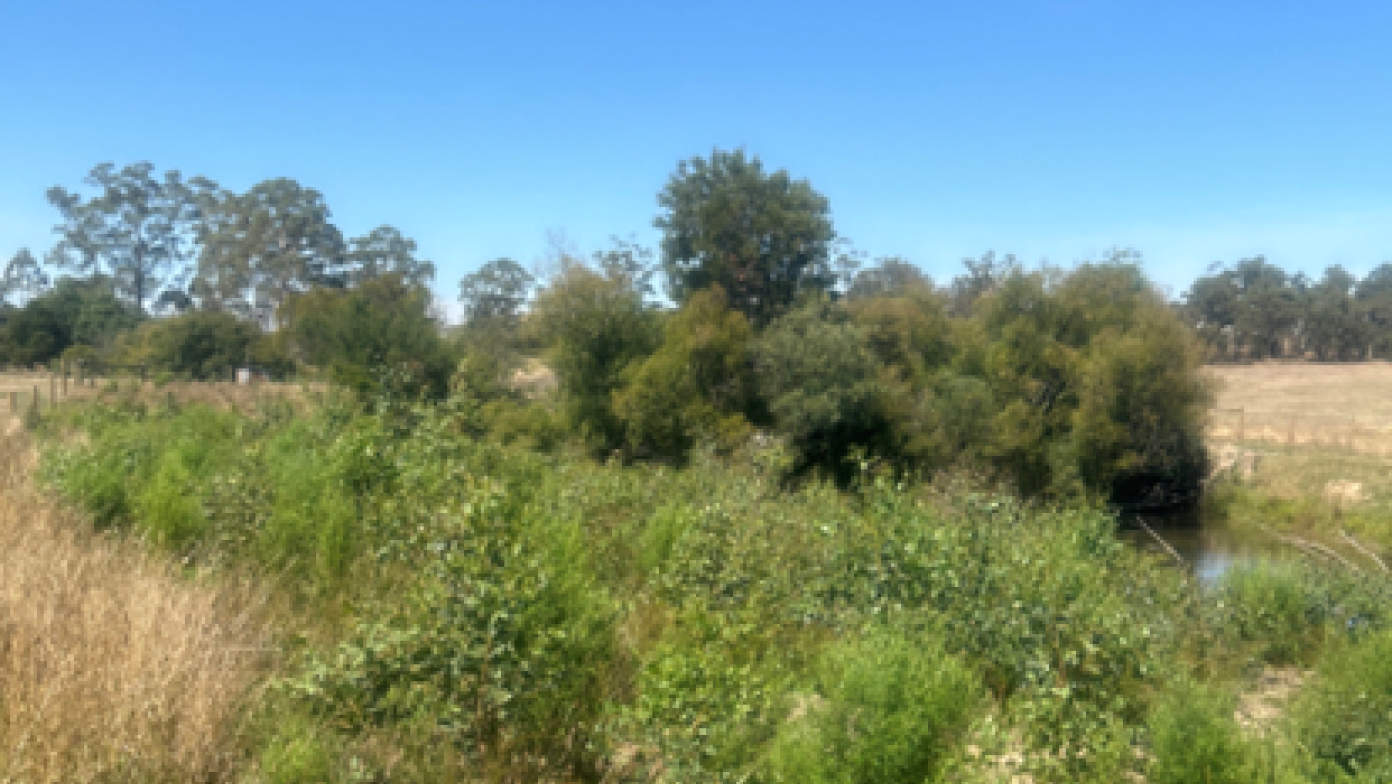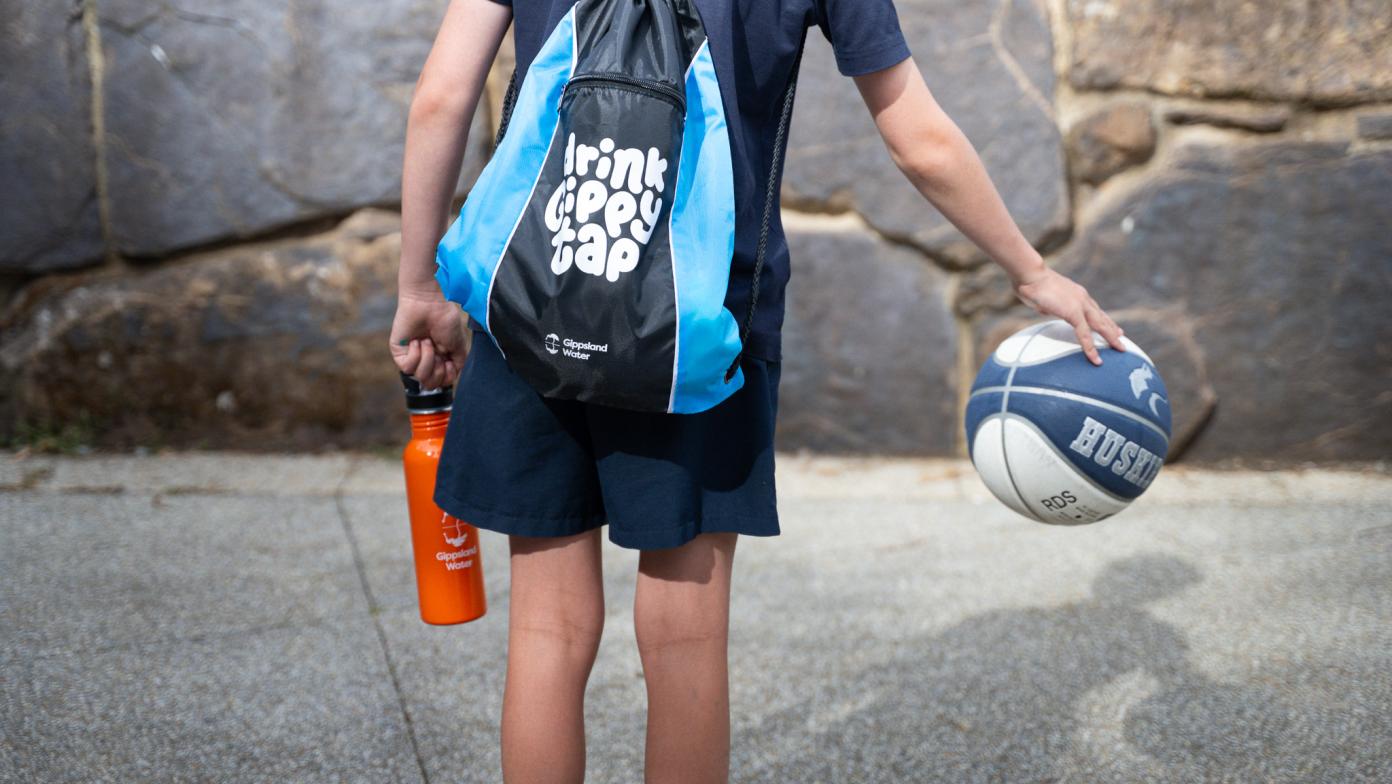Drones help Gippsland Water save money and improve safety

Gippsland Water’s industry-leading use of drones is saving money and improving safety, the organisation has reported.
Managing director Sarah Cumming said the organisation had embraced the use of drones to improve the way its team carries out essential tasks, like inspecting sites with limited access.
“We have a lot of infrastructure that can be difficult to access and inspect, like water towers.
“Flying a drone around a water tower to take video can eliminate the need to work from heights and enable us to perform an inspection from the safety of the ground.
“Then a year later, at the click of a button, we can record the exact same path to observe if there are any changes to that tower worth investigating.”
Ms Cumming said drones had also been used to create maps, monitor environmental sites and perform land surveys, all while meeting Civil Aviation Safety Authority regulations for drone use and safety and privacy.
“Our maintenance engineers have used drones to create photographic 2D maps and 3D models of various sites.”
“The drone does this by hovering above the site, taking hundreds of photographs and then stitching them together to create one very detailed image.
“From a computer in our Traralgon office, our engineers are using 3D models of our facilities to plot exactly where new buildings can be located before any detailed designs are completed.”
Ms Cumming said while the organisation and its contractors were already leading the water industry with extensive use of drones, it would continue to explore other new, beneficial ways to use the technology.
“Embracing new technologies that make the job safer for our team, reduce costs for our customers and improve reliability at an affordable cost is all part of our strategic shift towards becoming a more digital utility,” Ms Cumming concluded.



